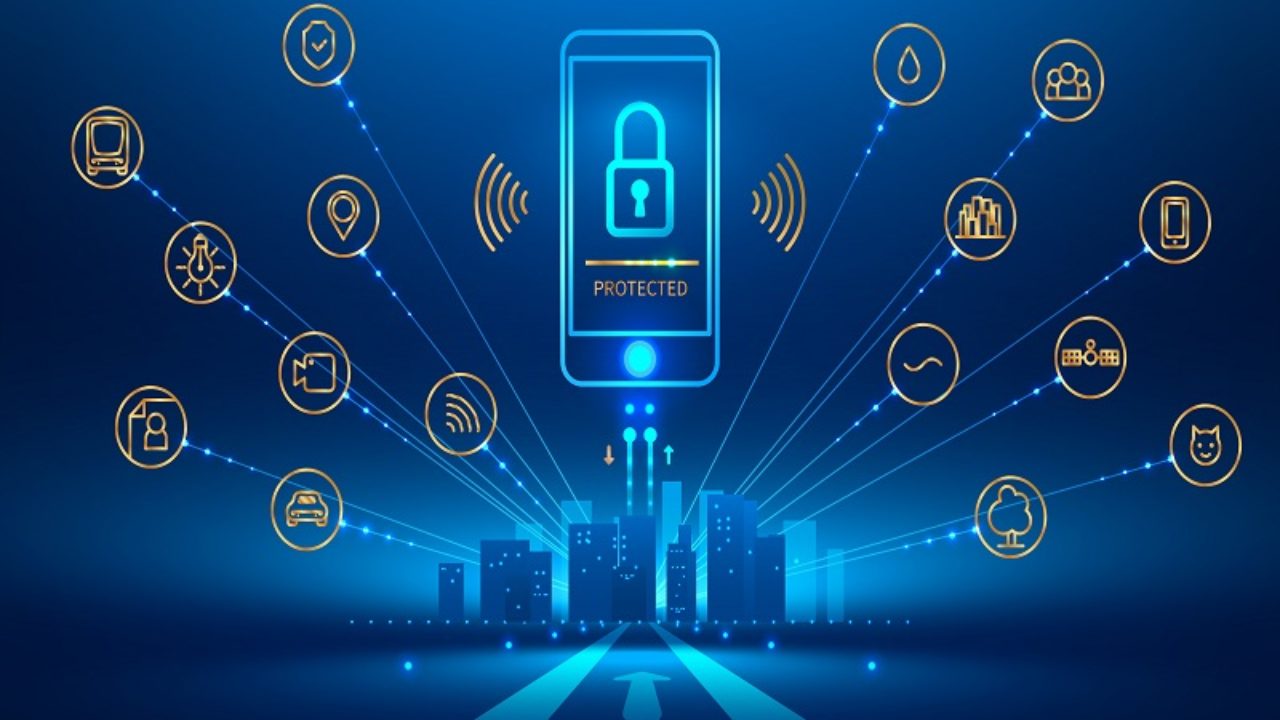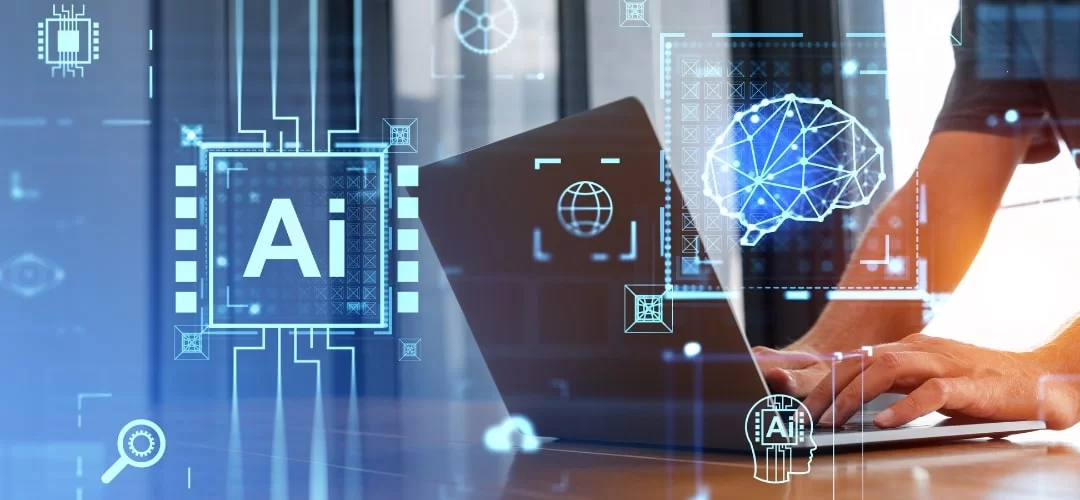Technology is always in a state of flux, continuously evolving. The Covid-19 crisis has further influenced this trend, bringing changes in the world that will remain even after the pandemic. Understanding the future of technology will help with planning and selecting the right business solutions when crucial events unfold in future. Here’s how the future of technology is anticipated to make an impact on businesses in 2022 and beyond.
Following are top technology trends in 2022 and beyond:
1. Anywhere Operations
According to Gartner, 40% of organizations will follow ‘anywhere operations’ for their IT operating model delivering a combination of both physical customer and employee experiences. Businesses will be highly digital reducing the need for physical offices, a trend that has been reinforced by the pandemic. They will be designed to support employees, customers and business services from anywhere and thus shall rely on collaboration and productivity, cloud and edge infrastructure, secure accesses, automation, and quantification of the digital experience.
2. Cybersecurity Mesh
With the increasingly digital business operating model, it becomes necessary to enable easy and secure remote access to digital assets- exactly what Cybersecurity Mesh does! The cyber protection mesh of the organization separate policy enforcement from policy decision making through a cloud delivery model and organize a security parameter around each individual requesting access. This will secure access to distributed data and cloud applications from uncontrolled devices. According to experts, the cybersecurity mesh will support more than half the digital access management requests by 2025.
3. Distributed Cloud
A public cloud computing service that lets a geographically distributed, yet centrally managed (by the public cloud provider) distribution of cloud services. Combines the goodness of public cloud, hybrid cloud and edge computing and is optimized for performance and compliance, making it the Next Gen cloud computing. Most cloud providers shall offer some sort of distributed cloud service by 2025. This will benefit the businesses with close data centres and services, low latency, data cost reduction, etc.
4. No-Code/Low-Code
Low-code or no-code development platforms are becoming popular and are expected to replace 65% of app development activities by 2024. These are visual software development methods that let both enterprise developers and non-developers drag and drop app components and connect them to create web and mobile applications. These reduce the costs of development, time of implementation and fit the needs closely. Robotic process automation (RPA) is one of the examples of the LC/NC method allowing users to design automated systems using rules of simple decision making. RPA can be used to automate repetitive tasks like office administrative processes.
5. Blurring CIO, CDO and CTO roles
With blurring lines between business and digital strategy in the digital transformation era, today’s leaders are expected to think in terms of changing business in ways that increase profitability and customer experience. As such many firms, depending on the domain and organizational structure might have either separate roles or just one. Oftentimes, it is tough to draw clear lines on who is responsible for what on the CIO-CDO-CTO roles, which will lead to better role integration or convergence.

6. AI Cloud Services / AI-as-a-service
Technology isn’t called revolutionary until it touches the day-to-day lives of the public. Maybe that is why there’s been so much disappointment in Artificial Intelligence of late. Only the major organizations have been able to realize its benefits while the general mass still uses prehistoric algorithms.
However, this may not be the case with companies renting AI algorithms to make use of an existing asset. AI marketplaces, platforms and services will offer algorithms that address unique pain points of customers. Chatbots and digital assistants we see today are just the beginning. This trend will expand exponentially when developers get automated and join the community, allowing small businesses and even individuals to optimize and automate their routine processes.
7. Increased Demand for Certifications
With remote work being the new norm, more and more companies are on the lookout for skilled labour with qualifications and certifications in the relevant AWS, Azure or GCP cloud service. According to Robert Half’s 2021 IT Salary Report, certified IT professionals earn 5-10% more salary than their peers.
8. Internet of Behaviour (IoB)
This is an emerging trend that focuses on collecting and using ‘Digital Dust’ – data that people leave behind in their daily lives, like location data, facial recognition, big data etc. from their smart devices or from sensors that will be implanted in the body in future. IoB will then connect the resulting data to behavioural patterns like device usage or cash purchases. Businesses can use this data to influence customer behaviours. According to Gartner, half of the world’s population will be using some kind of IoB program by 2025, be it governmental or commercial.
9. Hyper-automation
Though automation has been trending even before, the pandemic has made it even more inevitable to hyper-automate everything that can and should be automated. There is a pressing need for everything to be digital-first.
Business-driven hyper-automation is an approach to quickly recognize, vet and automate as many IT and business processes as possible. As such, vendors are offering integrated single package tools that combine technologies like LCAP, RPA, and business process management. In 2022, Gartner forecasts the worldwide hyper-automation enabling the technology market to touch $596.6 billion.
10. Blockchain
We have seen an increasing interest for businesses in all industries to enhance their processes via blockchain or distributed ledger technology during the pandemic. The penetration is especially fast in the banking sector, enabling quicker cross-border transactions, higher security and real-time processing. The worldwide blockchain solution spending is estimated to reach 11.7 billion in 2022.
These trends will play a pivotal role in shaping businesses in the next five to ten years. The key to making better technology decisions is, knowing your business’s nature, demands, and the recent technology trends that will achieve permanence and increased usage in coming years. We hope this technology blog will help you with that.
Do you see any other technology trend rising in the coming years? Let us know in the comment section below.
Here you can check “Seven Challenges to Adopting New Technology“.












